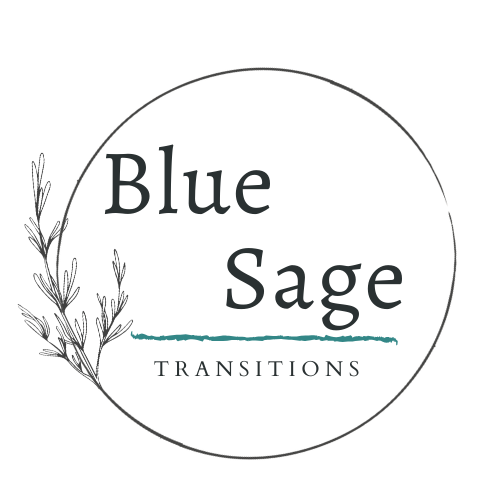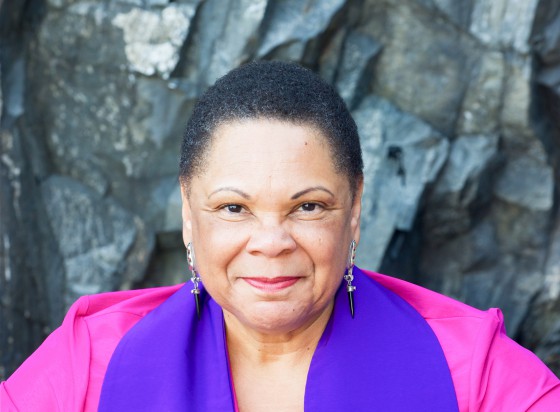The basic assumption of Healing Rage is that unresolved rage from childhood trauma is still locked in our bodies and minds. This blocked energy manifests as disguises of rage in our adult lives--ways we cope with life while denying an intimate experience with living. These disguises become such an ingrained part of our existence that we forget that the origins are rage. While our disguises of rage attempt to protect us from the pain of our past, they more often re-create the past and perpetuate the very suffering we seek to avoid. Unresolved rage has been passed on from one generation to the next, contributing to rage inheritances that collectively plague the world, and each of us--whether we know it or not--is charged with transforming this legacy.
Most of the people with whom I work (including myself) have been or are seriously enraged. As King highlights above, when this rage goes underground, great self-destruction, violence, and even death may occur. Her book, Healing Rage, is one of the best resources I have found to help make sense of this rage and transform it into an inner peace that has the wherewithal to spread outward and, so, contribute to the healing of our world.
King asserts that trauma between the ages of 0 and 12 usually engenders this rage and offers a broad definition of trauma:
an experience of severe emotional shock that causes substantial and lasting damage to our psychological well-being. Trauma is experienced as being intensely overwhelmed by a perceived threat or actual harm. Trauma can be a single incident of devastating loss, violation or injury, or a chronic atmosphere of fear and neglect.
When I reflect on the adult suffering I witness, early trauma is almost always part of the mix. The notion that looking backward amounts to "dwelling on the past" misses the reality that we cannot resolve our rage and generate an "intimate experience with living" until we acknowledge the trauma trapped within us. Only then can we process and let go of the rage and shame, rage's twin emotion according to King. Said differently, when we bury emotions alive, they do not die. We do.*
I appreciate King's attention to how rage manifests in diverse disguises. She identifies six: dominance, defiance, devotion, distraction, dependence, and depression. For example, King writes about defiance,
We know we wear the Defiance disguise of rage when we have a life pattern of anger and battle. Sometimes we battle outwardly with another person, place, or thing. Other times we battle within our mind or against our body. Anger is our way of keeping others, including ourselves, from noting the shame we are feeling.
I picked defiance because it is deeply familiar to me and is common in the academic environments in which I have worked. Although many of us are fighting for social justice, we are still fighting. Although I am imagining the scathing criticisms from several of my colleagues as I write this post, I know King's words to be true:
Defiance has become a way of hiding our shame of needing to be loved. It diverts us from the rage we feel toward our own helplessness and the longing to be honored and respected. Yet we are unable to discern that not everyone is the enemy. We are the last one to know that some wars have ended, and that there are new ways to survive that allow us to remove our armor, rest in our own skin, and heal.
King not only points out the ways that these disguises harm us; she also reveals the wisdom of each disguise, thereby emphasizing the great value embedded within it. About defiance, for instance, she asserts,
When Defiance is not ruled by a pressing anxiety for justice, its bright, warrior spirits can show up with more heart...Truth-telling, courage, freedom of expression, and choice flowing from a compassionate heart--these are the necessities of our spirit. Our keen sense of justice can give us a life of independence and self-respect, and be a gift that unites the world.
Needless to say, I recommend this book to all of us trying to better understand the suffering of others and ourselves. In addition to providing clear explanations, such as the excerpts highlighted above, King offers varied, concrete exercises for healing our rage. I particularly like her chapter on "looking in before acting out." In it, she provides instructions for distinguishing our observations from our interpretations, our pain from our suffering, and projections from feared and denied parts of ourselves. All of these tasks help us to reclaim our rejected experience and, in so doing, to heal. In King's words, "It is our response to what life offers that causes us suffering--not what life offers."
* I'm borrowing this idea of burying emotions alive from Tara Brach's talk "Accessing Innate Wisdom."

